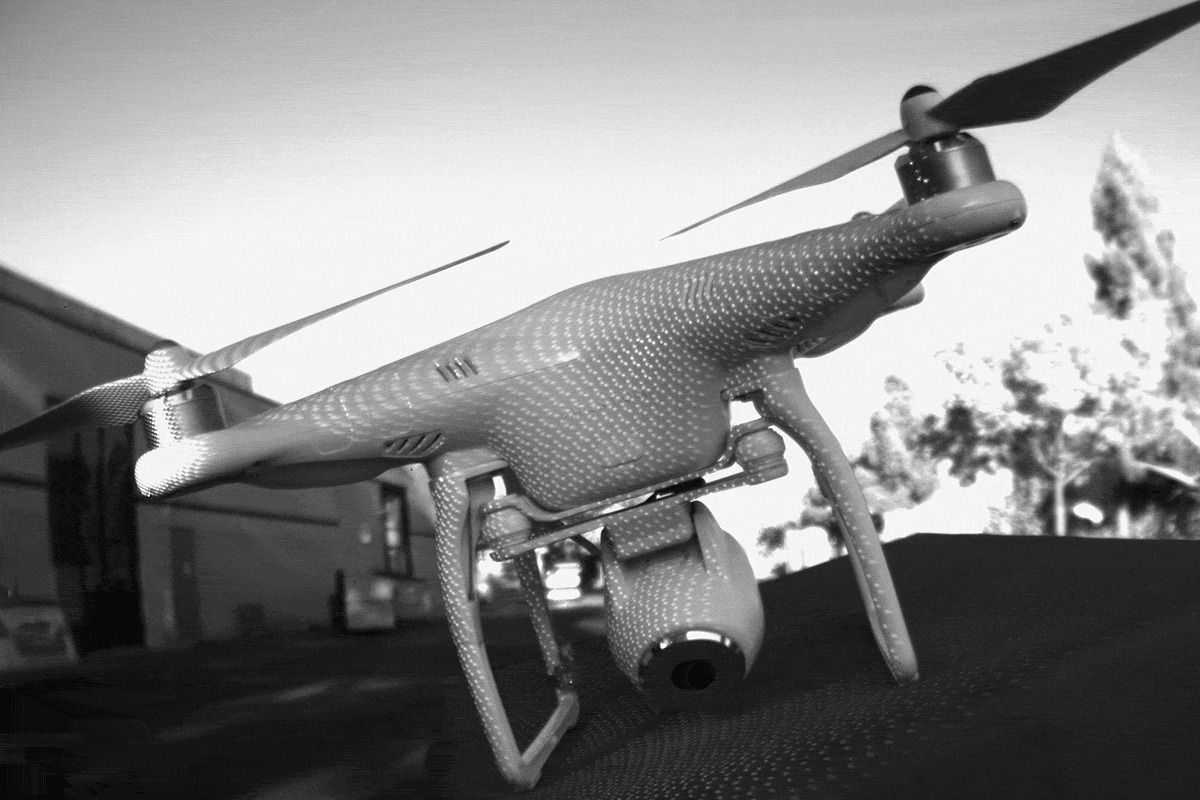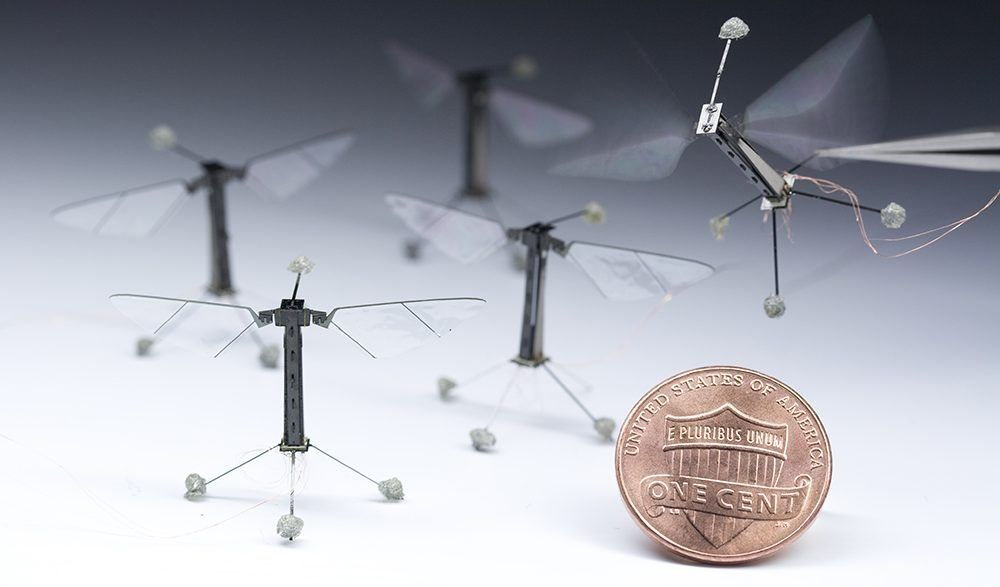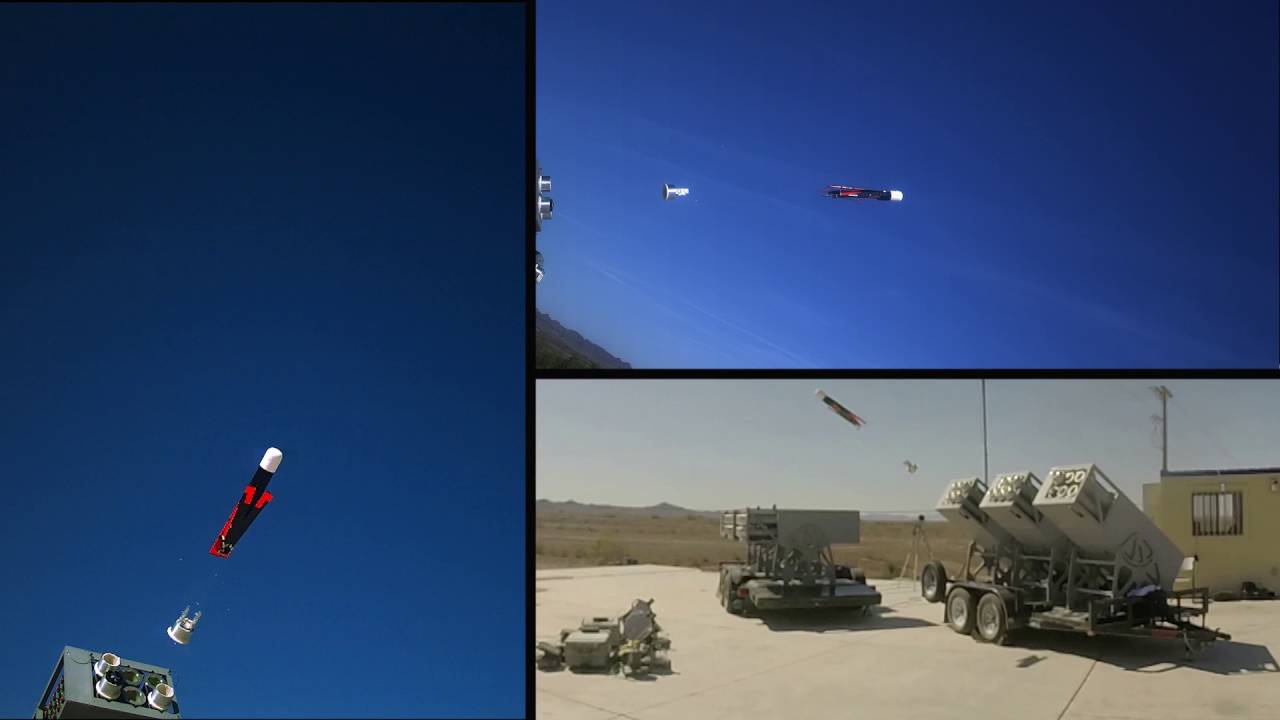Archive for the ‘military’ category: Page 262
Oct 11, 2016
The Pentagon Wants to Use Bitcoin Technology to Guard Nuclear Weapons
Posted by Karen Hurst in categories: bitcoin, military
Oct 8, 2016
ROBOT ARMIES: No more Western soldier deaths ‘in a DECADE’ as MACHINES take over
Posted by Zoltan Istvan in categories: military, robotics/AI
A look at the military 10 years into the future—human soldier deaths become unacceptable:
THERE will be no longer be human casualties of war from wealthy countries within 10 years as advanced militaries will begin sending MACHINES to warzones to do their bidding, an expert has claimed.
Oct 6, 2016
Project Originally Funded By DARPA Seeks To Replace Bees With Tiny, Winged Robots
Posted by Karen Hurst in categories: drones, food, information science, internet, military, mobile phones, robotics/AI, transhumanism
Got a bee shortage? No problem, DARPA has you covered.
Following the news that the honeybee is now officially an endangered species as “colony collapse disorder” accelerates, it seems that a Harvard research team has the solution – robotic honeybees. Instead of attempting to save the bees by reducing the use of pesticides or revising safety standards for cell phone radiation, the focus has shifted to replacing the bees altogether. Harvard University researchers, led by engineering professor Robert Wood have been tweaking “RoboBees” since their initial introduction in 2009. The bee-sized robots made of titanium and plastic represent a breakthrough in the field of micro-aerial vehicles. The size of the components needed to create flying robots were previously too heavy to make a such a small structure lightweight enough to achieve flight. Current models weigh only 80 mg and have been fitted with sensors that detect light and wind velocity.
Researchers claim that the bees could artificially pollinate entire fields of crops and will soon be able to be programmed to live in an artificial hive, coordinate algorithms and communicate among themselves about methods of pollination and the locations of particular crops. In addition, RoboBees have been suggested for other uses including searching disaster sites for survivors, monitoring traffic, and “military and police applications.” These applications could include using RoboBees to “scout for insurgents” on battlefields abroad or allowing police and SWAT teams to use the micro-robots to gather footage inside buildings.
Oct 6, 2016
Why US and NATO Military are looking at Blockchain
Posted by Karen Hurst in categories: bitcoin, military
Oct 5, 2016
With New Program, DARPA To Encourage Safety “Brakes” For Gene Editing
Posted by Karen Hurst in categories: bioengineering, biotech/medical, finance, genetics, health, military
Xconomy National —
Drugs that use molecular scissors to snip out or replace defective genes. Altered mosquitoes meant to sabotage entire disease-carrying populations. Both are potential uses of genome editing, which thanks to the CRISPR-Cas9 system has spread throughout the world’s biology labs and is now on the doorstep of the outside world. But with its first applications could also come unintended consequences for human health and the environment. The U.S. Defense Advanced Research Projects Agency—a famed military R&D group—wants to finance safety measures for the new gene-editing age.
The idea for the funding program, called Safe Genes, is to get out ahead of problems that could bring the field to a screeching halt. “We should couple innovation with biosecurity,” DARPA program manager Renee Wegrzyn, said Tuesday at the SynBioBeta conference in South San Francisco. “We need new safety measures that don’t slow us down. You have brakes in your car so that you can go fast but can stop when you need to.”
Continue reading “With New Program, DARPA To Encourage Safety ‘Brakes’ For Gene Editing” »
Oct 5, 2016
The UK military wants your ideas for how to build swarms of attack drones
Posted by Amnon H. Eden in categories: drones, military
Oct 2, 2016
Science, Technology, and the Future of Warfare
Posted by Karen Hurst in categories: 3D printing, biotech/medical, computing, economics, existential risks, governance, military, nanotechnology, policy, robotics/AI, science, security
Nice POV read.
We know that emerging innovations within cutting-edge science and technology (S&T) areas carry the potential to revolutionize governmental structures, economies, and life as we know it. Yet, others have argued that such technologies could yield doomsday scenarios and that military applications of such technologies have even greater potential than nuclear weapons to radically change the balance of power. These S&T areas include robotics and autonomous unmanned system; artificial intelligence; biotechnology, including synthetic and systems biology; the cognitive neurosciences; nanotechnology, including stealth meta-materials; additive manufacturing (aka 3D printing); and the intersection of each with information and computing technologies, i.e., cyber-everything. These concepts and the underlying strategic importance were articulated at the multi-national level in NATO’s May 2010 New Strategic Concept paper: “Less predictable is the possibility that research breakthroughs will transform the technological battlefield … The most destructive periods of history tend to be those when the means of aggression have gained the upper hand in the art of waging war.”
As new and unpredicted technologies are emerging at a seemingly unprecedented pace globally, communication of those new discoveries is occurring faster than ever, meaning that the unique ownership of a new technology is no longer a sufficient position, if not impossible. They’re becoming cheaper and more readily available. In today’s world, recognition of the potential applications of a technology and a sense of purpose in exploiting it are far more important than simply having access to it.
Continue reading “Science, Technology, and the Future of Warfare” »
Oct 2, 2016
World War 3 Warning: Space War ‘Challenge’ Looming With China And Russia, U.S. Strategic Command General States
Posted by Karen Hurst in categories: existential risks, government, military, robotics/AI, satellites
A top U.S. general has issued a sobering warning that both China and Russia, given their years of emphasis on upgrading and renovating their space war arsenals, could, in the future, place the United States in a position of weakness if matters were to degenerate into a state of war between the countries. Air Force Gen. John E. Hyten believes that China and Russia have been attempting to outpace the U.S. in military matters with regard to space and that the Pentagon is now moving to counter the foreseen “challenge” of possibly being outmaneuvered and outgunned in space. If a World War 3 scenario were to actualize, he thinks the U.S. should be prepared to meet said challenge.
The Washington Times reported last week that Air Force Gen. John E. Hyten, who has been chosen as the next commander of Strategic Command, told Congress’ Senate Armed Services Committee that the U.S. is moving to counter the threat of a space war disadvantage with China and Russia. He said China and Russia are currently in the process of developing anti-satellite missiles, laser guns, and maneuvering killer space robots that could, once deployed, knock out or incapacitate strategic U.S. communications, navigation and intelligence satellites. As military experts know, these craft are crucial to the maintenance and actionability of America’s high-technology warfare systems.
“The Department of Defense has aggressively moved out to develop responses to the threats that we see coming from China and Russia. I believe it’s essential that we go faster in our responses.”
Oct 2, 2016
EXCLUSIVE: AI will be TEN TIMES more destructive than nuclear bombs, warns expert
Posted by Zoltan Istvan in categories: military, robotics/AI
I was interviewed by The Express on AI:
WHICHEVER nation develops AI first will completely control the military landscape as the machine has the potential to be ten times as devastating as the nuclear bomb, an expert has warned.


















